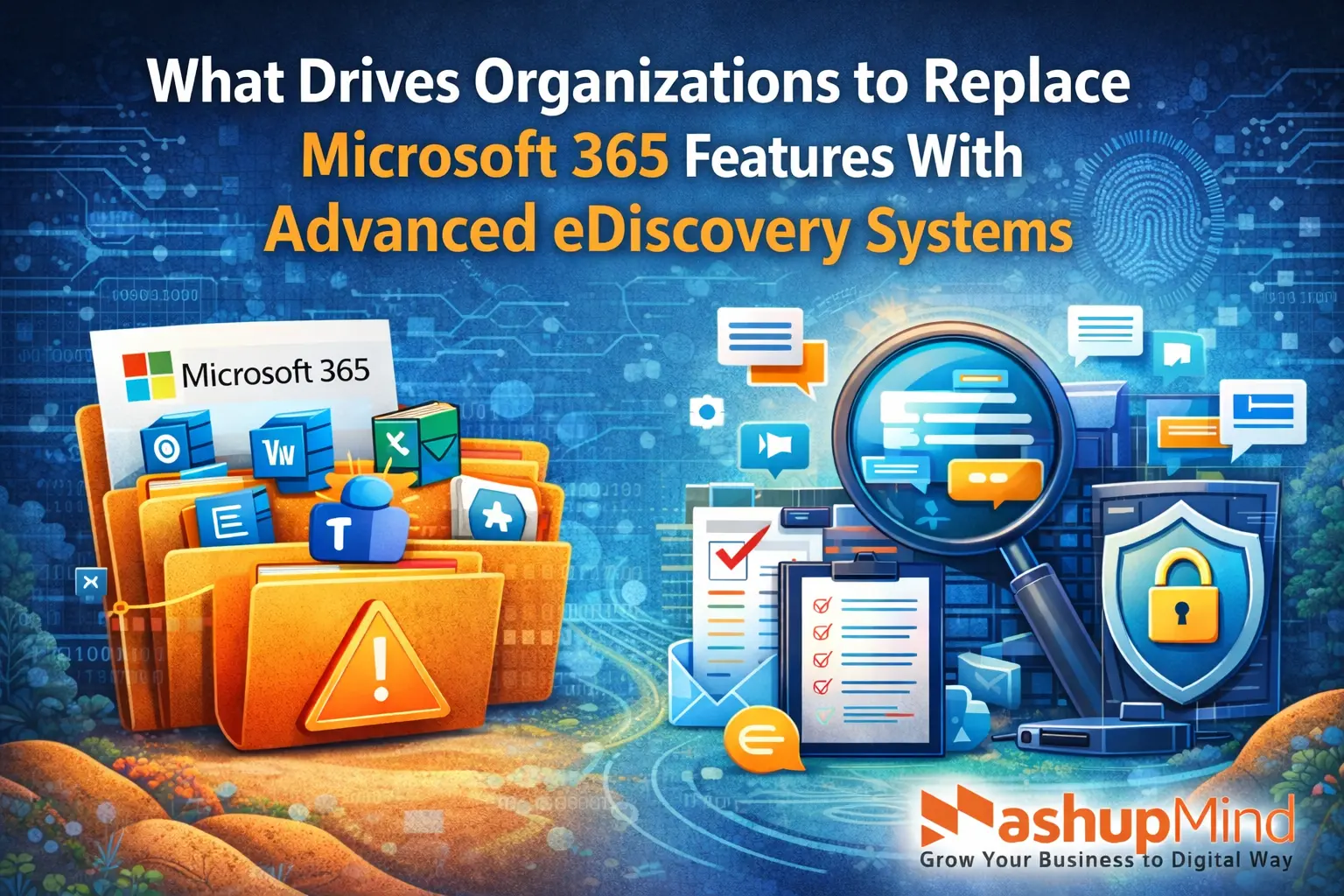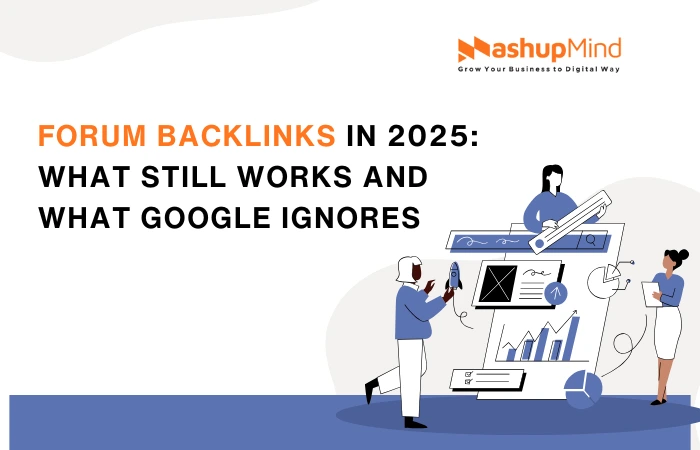Many businesses today face the pervasive challenge of monolithic legacy applications. These aging systems, often built decades ago, are notoriously rigid, agonizingly slow to update, incredibly difficult to scale efficiently, and frequently act as a significant bottleneck, stifling genuine innovation.
While the allure of microservices—a modern architectural paradigm promising unparalleled agility, independent deployment, and granular scalability—is strong, the transition isn’t as simple as waving a magic wand. Simply “lifting and shifting” a monolithic application to the cloud doesn’t solve its fundamental architectural problems.
The Monolith’s Grip: Why Modernization is Essential
The burden of a monolithic application can feel like a heavy anchor. Their inherent rigidity means that changing even a small part of the system often necessitates rebuilding and redeploying the entire application, leading to complex interdependencies.
This naturally results in slow development and deployment cycles, characterized by lengthy release schedules and complex, time-consuming testing processes. Monoliths also present significant scalability challenges; if only one component within the vast application experiences high demand, you’re forced to scale the entire, sprawling application, which is inefficient and costly.
Many older systems suffer from acute technology lock-in, being tethered to outdated tech stacks that are difficult to maintain and struggle to attract new development talent. Worst of all, their tightly coupled nature means reliability issues are amplified: a single bug or failure in one obscure module can potentially bring down the entire system, causing widespread disruption.
For any organization considering legacy app modernization services, confronting these monolithic realities is the first critical step.
Contrast this with the compelling promise of microservices. They offer remarkable agility and speed, allowing independent teams to develop, test, and deploy individual services much faster.
This granular structure enables fine-grained scalability, letting you scale only the specific services experiencing demand. Microservices embrace technology diversity, empowering teams to choose the best programming language, database, or tool for each particular service.
This distributed nature also fosters greater resilience; a failure in one service typically doesn’t cascade to bring down the entire application. Lastly, smaller, focused codebases mean easier maintenance and clearer ownership within development teams.
Given these stark differences, it becomes clear why refactoring, rather than a complete rewrite, is often the preferred strategy. A complete rewrite is a “big bang” approach—high risk, incredibly expensive, and fraught with an extended time-to-market, making incremental refactoring a much safer and more iterative path.
The Strangler Fig Pattern: A Gentle Deconstruction
When it comes to incrementally decomposing a monolith, the Strangler Fig Pattern stands out as the most common and remarkably effective approach.
Think of it like a strangler fig tree in a rainforest: it starts as a small vine on a host tree, gradually growing, enveloping, and eventually replacing the host. Your monolith is the host tree.
Here’s how it works in practice: new functionalities that would typically be added to the monolith are instead built as entirely separate microservices.
Simultaneously, existing functionalities are carefully “extracted” from the sprawling monolith and rebuilt as new, independent microservices. A crucial component in this process is a facade, typically an API Gateway or a reverse proxy, which acts as the traffic director.
Also Read: Top 10 B2B Digital Marketing Strategies for 2025
Initially, all incoming requests are routed to the existing monolith. As new microservices are developed and validated, the facade is incrementally updated to redirect specific requests to these new services, effectively “strangling” the old functionality within the monolith.
The benefits of this Strangler Fig approach are substantial: it dramatically reduces risk through incremental changes and continuous delivery, allowing for immediate feedback and correction. It ensures business continuity, as the legacy system remains fully operational throughout the transition.
New features can be delivered much faster via the newly developed microservices, resulting in a faster time to value. Plus, your teams can gradually climb the microservices learning curve, building expertise as they go.
However, successful implementation demands meticulous attention to routing, robust monitoring, and sophisticated API management.
Key Steps & Technical Considerations for Refactoring
Embarking on a microservices refactoring journey demands a structured approach and keen technical insight.
- Identify Bounded Contexts (Domain-Driven Design): This foundational step involves meticulously analyzing the monolith to identify natural, logical boundaries for services based on distinct business domains. Think of it like carving out self-contained business units, such as “Order Management,” “User Accounts,” or “Product Catalog.” Tools like domain analysis workshops and event storming can be invaluable in this context.
- Establish a Communication Strategy: Once services are defined, you need to decide how they’ll talk to each other and the shrinking monolith. The practice here is to define clear communication protocols, typically using lightweight mechanisms like REST APIs, message queues (like Kafka or RabbitMQ), or high-performance gRPC. A critical rule to enforce: avoid direct database access between services. API Gateways and Message Brokers are key tools in this phase, often given folding platforms such as https://sombrainc.com/services/saleforce-sales-cloud which streamlines complex integrations.
- Extract Functionality Incrementally: This is the core of the Strangler Fig pattern. Start small, with less critical, self-contained modules. Create a new microservice, migrate its relevant data, and then reconfigure your routing to direct traffic to the new service.
- Database Decomposition Strategy: Often, the most challenging part of the transition is that each microservice should ideally own its data. Strategies vary from a “Database per Service” to a shared database with separate schemas per service, or employing intelligent data replication. This requires careful planning and the use of specialized data migration scripts and replication tools.
- Implement Robust CI/CD Pipelines: For distributed systems, automation is non-negotiable. Develop independent CI/CD pipelines for each microservice, automating testing, building, and deployment processes. Tools like Jenkins, GitLab CI, GitHub Actions, or Azure DevOps are essential.
- Centralized Logging, Monitoring & Observability: You can’t manage what you can’t see. For distributed systems, comprehensive logging, metrics, and tracing across all services are paramount. Tools like Prometheus, Grafana, the ELK Stack (Elasticsearch, Logstash, Kibana), Splunk, or cloud-native monitoring services become your eyes and ears.
- API Management: As you proliferate services, managing their APIs becomes crucial for discovery, security, and rate limiting. API management platforms, such as Apigee, AWS API Gateway, or Azure API Management, are indispensable.
Best Practices for a Smooth Transition
Navigating the complexities of microservices refactoring requires a disciplined approach and adherence to proven best practices. First, always start with a small, low-risk service.
This allows your team to gain invaluable experience, refine processes, and build confidence before tackling more critical functionalities.
Second, invest heavily in a strong DevOps culture and comprehensive automation. This is non-negotiable for managing the inherent complexity of distributed systems, ensuring consistency and speed.
Third, prioritize data migration and decomposition. This is frequently the most significant hurdle; plan meticulously to ensure data consistency, integrity, and minimize downtime during the transfer.
Fourth, build observability from day one; you simply can’t manage what you can’t see in a distributed environment, so comprehensive logging, metrics, and tracing are vital from the outset.
Fifth, embrace incremental changes wholeheartedly, avoiding the allure of “big bang” rewrites that often fail.
Sixth, focus on delivering business value with each extracted service; every microservice should contribute tangible benefits.
Seventh, don’t forget testing. Comprehensive testing—unit, integration, and end-to-end—becomes even more critical in a microservices landscape.
Eighth, be prepared to address organizational challenges. Microservices often necessitate changes in team structure, communication patterns, and collaboration models.
Finally, if internal expertise is limited, consider external expertise. Partnering with legacy application modernization services providers or a specialized cloud software development agency experienced in microservices architecture can provide invaluable guidance and accelerate your transition.
Conclusion
In summary, the strategic refactoring of legacy code into a microservices architecture, particularly by leveraging patterns such as the Strangler Fig, provides a pragmatic, practical, and lower-risk pathway for modernizing aging applications. This deliberate, incremental deconstruction allows organizations to shed the burdens of monolithic systems.







